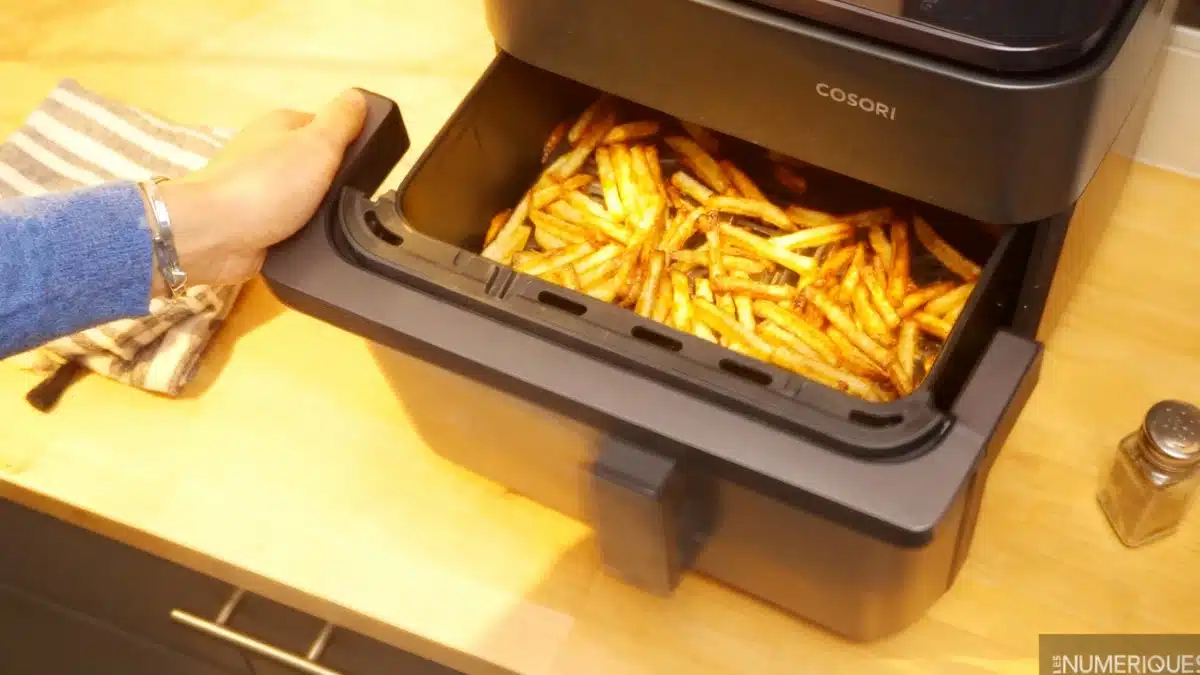Did you know you might be part of the AirFryer craze without ever having shelled out for yet another countertop gadget? Take a peek in your kitchen—you may already own something capable of crispy, oil-free magic, no unboxing required.
Why Everyone’s Talking About AirFryers
Move over, multifunctional cooking robots. These days, consumer passion has a new idol: the oil-free fryer—better known as the AirFryer (or, as Gordon Ramsay would say, “AirFryer”, but with more shouting). And why all this excitement? The AirFryer sells a compelling dream: delightfully crispy dishes, without that guilt-inducing mainstay of deep frying—oil. Imagine a world where French fries are as healthy as baby carrots, chicken nuggets as virtuous as skinless grilled chicken, and calamari as wholesome as gently steamed white fish. Sounds almost too good to be true, right?
The Surprisingly Simple Secret
So, how do these gadgets perform their minor miracles? The trick is refreshingly straightforward: circulate hot air all around your food. If you open an oil-free fryer, you’ll notice your would-be potato heaven isn’t lounging in a bath of oil at the bottom, but perched on a rack, allowing the heat to flow freely from all angles. The result: crunchy exteriors, tender insides, and barely a whiff of oil in sight.
To replicate the magic, you basically need three ingredients:
- Hot air (very hot—don’t skimp on the power!)
- A fan or mechanism to circulate that heat
- A tray or basket that lets air reach your food from every direction
Here’s the kicker: most modern ovens—yes, even the ones already sitting in your kitchen—have everything you need!
Your Oven: The Unsung Hero
If you own a relatively recent free-standing or built-in oven, odds are it already uses convection (or “forced air”) heat. These ovens have a fan at the back, circulating hot air for even cooking—sometimes with an extra ring-shaped heating element around the fan for bonus uniformity. To check if yours is up to scratch, just open the door and look at the back: if you see vents or perforations, the fan is probably lurking behind them. If the back wall is perfectly smooth and featureless, you’re out of luck for this trick.
With the right oven, there’s only one thing left to do: equip yourself with a mesh basket that fits inside. Many oven manufacturers include one, but if yours didn’t, don’t panic. A quick online search will reveal plenty of options between 15 and 25 euros. Aim for one that’s generous in size, ideally with handles for easier chicken nugget wrangling. Little feet aren’t essential—placing your basket directly on an oven rack is actually the top method, since it lets hot air flow even more freely. Avoid solid trays or baking sheets, as they tend to block airflow and slow down that signature crunch.
How To Pull Off Oven-Fried Magic
Ready? Set your oven to convection (or fan-assisted) mode, place your food in the mesh basket, and let the transformation begin. For truly satisfying fries or perfectly crisped croquettes, give everything a shake or stir halfway through cooking. This ensures every last morsel meets its destiny in a gust of hot air.
But a quick word of caution: just because you can mimic an AirFryer for less, doesn’t mean every culinary shortcut suddenly applies. For example, don’t expect fries from raw potatoes to emerge restaurant-worthy or even genuinely edible. For that golden, crunchy bite, you’ll have better luck with pre-made, frozen options. And while your built-in oven can absolutely handle larger quantities or cook a side dish and protein at once, it has one key trade-off: power consumption. Ovens almost always use more electricity than standalone AirFryers, but you do win in capacity.
- Convection ovens can AirFry-style cook if they have a fan and perforated backing.
- A spacious mesh basket with handles is your best bet—avoid solid trays.
- Shake contents halfway through for even crisping.
- Ovens use more energy, but can cook more food simultaneously.
Let’s not kid ourselves: there’s no one-size-fits-all, miracle solution for healthy, guilt-free fried favorites. The best approach is to know your cooking habits, analyze your tastes (and perhaps your patience when cleaning baskets), and choose what works for your own kitchen-red-wine-and-crumbs reality.
So next time someone sings the praises of their fancy new AirFryer, smile knowingly. After all, your old oven may have been hiding this superpower all along.

John is a curious mind who loves to write about diverse topics. Passionate about sharing his thoughts and perspectives, he enjoys sparking conversations and encouraging discovery. For him, every subject is an invitation to discuss and learn.






